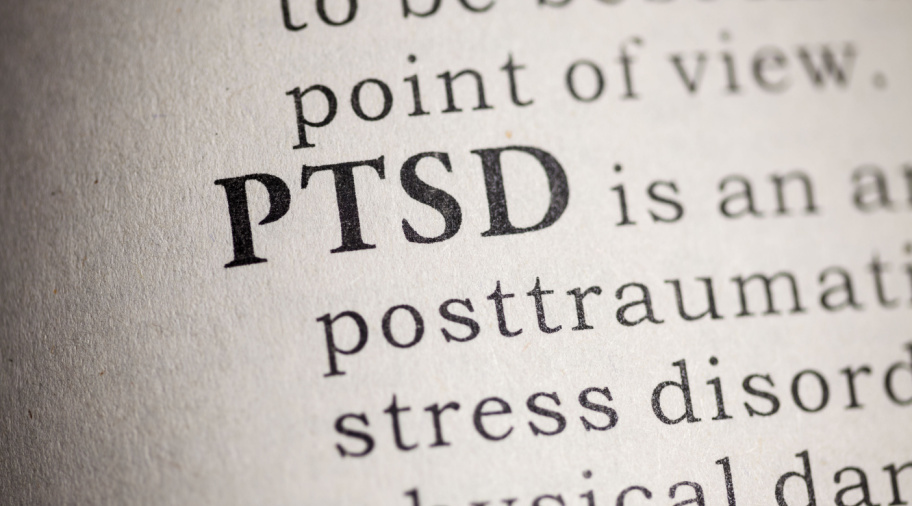Reducing Psychiatric Boarding – What Will Work?
Last week, the American College of Emergency Physicians, Emergency Nurses Association, and National Alliance on Mental Illness held a congressional briefing to persuade lawmakers to adopt their proposed solutions to addressing the rise in psychiatric boarding in emergency departments. Many of those are included in a bipartisan bill on improving Mental Health Access from the Emergency Department Act that has been introduced in the House of Representatives.
The numbers are stark. Nearly all emergency room physicians reported boarding times longer than one day. And more than 1 in 4 reported consumers wait more than two weeks in their emergency departments before receiving inpatient care or transfer out of their departments. Behavioral health consumers wait three times longer than those who need medical care.
According to Chris Kang, M.D., President of the American College of Emergency Physicians, the situation has been created by a combination of lack of community mental health resources, lack of staff, and lack of available beds.
“‘We’re seeing more patients with higher acuity who have to reside in the emergency department with no other place to go,’” explained Dr. Kang. ‘” We can’t accommodate patients in a timely fashion. That’s resulting in direct patient harm and bad outcomes.’”
Recent research suggests that hospitals operating over the maximum boarding thresholds place consumers at increased risk for privacy violations, injury, and death, yet average boarding times are well beyond this threshold. Dr. Kang calls the boarding crisis a “clear and present public danger” that disproportionately affects ERs and psychiatric patients.
Potential solutions: The proposed solutions put forward by the ACEP is a mixed bag of many types of interventions. Information sharing and transparency on available beds and ED performance, along with waivers of several current regulations, are among the recommendations. This includes relaxation of inpatient hallway bed restrictions and the creation of “holding for discharge rooms” elsewhere in hospital that allow consumers who are near discharge to receive final discharge instructions—thereby freeing up ED beds.
The recommendations also include recommended changes in reimbursement models and billing rules such as:
- Creation of an extended ED visit professional code after individual is in the ED for more than six hours
- CMS adoption of the CPT recommendation that emergency physicians may bill for both the ED E/M code and inpatient/observation care in instances where the patient remains under the care of the ED physician for more than 12 hours
- Incentivizing, through reimbursement, for hospital systems to transfer patients outside of their system in limited cases of extreme boarding.
Value-based reimbursement was also included in the recommendations, including promoting value-based initiatives that increase transitions from the ED back to the community. Also recommended are tying financial incentives to measures of crowding and boarding with incentives for skilled nursing and long-term care facilities to expand capacity and accept patients from the ED outside of core business hours.
There are also some major programmatic recommendations. These include:
- Expand the Hospital-at-Home program.
- Build broadband infrastructure to support more telehealth and telepsychiatry services in order to decrease the number of behavioral health consumers in the ED .
- Repeal of the Institutions for Mental Disease (IMDs) exclusion so Medicaid beneficiaries can be released from the ED and receive psychiatric inpatient treatment.
- Provide additional resources for the 988 Suicide and Crisis Lifeline
The boarding of consumers with behavioral health disorders in emergency rooms is not good for any of the stakeholders – the consumer, their family, the hospital and its staff, the community mental health system, or the payers and their health plans. It is a situation that calls out for innovation.
Disclaimer: PsychU is supported by Otsuka Pharmaceutical Development & Commercialization, Inc. (OPDC) and Otsuka America Pharmaceutical, Inc. (OAPI). Specific PsychU programs may be supported by OPDC, OAPI and other committed supporters of the mental health treatment community. The opinions expressed by PsychU’s contributors are their own and are not endorsed or recommended by PsychU or its sponsor or the sponsors of the specific PsychU program in which such opinions are expressed. The information provided through PsychU is intended for the educational benefit of mental health care professionals and others who support mental health care. It is not intended as, nor is it a substitute for, medical care, advice, or professional diagnosis. Health care professionals should use their independent medical judgement when reviewing PsychU’s educational resources. Users seeking medical advice should consult with a health care professional. No CME or CEU credits are available through any of the resources provided by PsychU. Some of the contributors may be paid consultants for OPDC and OAPI.


